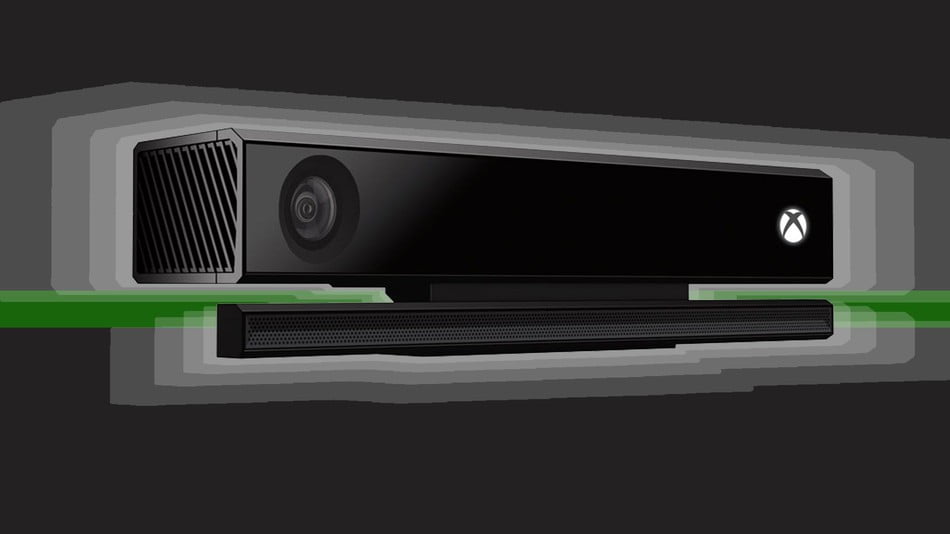
/https%3A%2F%2Fblueprint-api-production.s3.amazonaws.com%2Fuploads%2Fcard%2Fimage%2F631453%2F87d89f8a-6a1a-44f1-bda9-07c8447daf22.jpg)
Microsoft discontinued the Kinect today, ending the motion-sensing Xbox peripheral’s lifespan after seven long years of gaming mediocrity and wasted potential.
Although the Kinect wasn’t exactly a huge success and barely supported any games worth playing for more than a few hours, it managed to leave a lasting mark not just on gaming, but on the technology world at large.
SEE ALSO: ‘Star Wars: Jedi Challenges’ AR headset might be the best toy of the year
The chronicles
The Kinect was first revealed at E3 2009 when it was still going by its codename Project Natal. It made promises of 1:1 motion controls, face and voice recognition, and a handful of other futuristic functions, touting itself as the next big thing not just in gaming but in entertainment and communication.
The device was Microsoft’s souped-up answer to the Nintendo Wii, a record-breaking home gaming console that lured everyone in with its innovative motion controls and, more importantly, Wii Sports.
Like the Wii’s Wiimote motion controllers, the Kinect brought motion controls to the Xbox 360, but without controllers. Instead, the Kinect used its camera, depth sensors, and motion sensors to turn your body into the controller, allowing you to wave your arms around, jump, and move to interact with whatever you were playing.
Microsoft was jumping into the motion-control fad that the Wii kicked off in 2006, just four years too late. People weren’t as excited about working up a sweat while playing games anymore, and the Kinect didn’t offer any enticing games specific to it to drum up interest.
Sure, there were your Dance Centrals and Fruit Ninjas — great motion games — but they weren’t playable for more than a couple hours with friends.
Though the motion sensing technology itself was impressive, most people couldn’t even take advantage of its full scope. First of all, you needed to have ample space between yourself and the Kinect (not ideal for small apartments, dorms, bedrooms, or any small-ish room in general). Second, you needed good lighting and to not blend in with whatever was behind you. Third, the sensors would sometimes pick up foreign objects like potted plants, pets, or people sitting nearby, totally throwing off whatever you were trying to do.
But when it did work, it was a blast to mess around with. It never did warrant the extra cost — $150 — and bundling it with the Xbox One didn’t do it any favors. The extra cost actually pushed some people away from getting an Xbox One.
Motion-sensing was just one of the Kinect’s party tricks, though. Its more useful function was, arguably, the voice commands. The Xbox 360 (and later the Xbox One) was one of the first devices to bring voice commands to most people’s home entertainment systems. Instead of navigating through annoying menus with a controller, people could say “Xbox, go to Netflix,” and voilà: There was Netflix.
After the Kinect’s release, these features began to percolate throughout the tech world, helping to usher in devices like Amazon’s Alexa, modern virtual reality experiences, and improved iPhone cameras.
The impact
The Kinect failed as a gaming-first device, but bits and pieces of what it brought to the table succeeded in their own ways. Those successes effectively made the Kinect a stepping stone (or even a launch pad) for bigger and better things.
In gaming, the Kinect was the next attempt at deeper immersion beyond what the Wii provided, but it didn’t quite land where it wanted to. Instead, it became a footnote in virtual reality’s history.
Virtual reality setups rely on motion-tracking and depth-sensing to allow players to interact with their world, which is basically what the Kinect wanted to do. VR takes that idea one necessary step further. VR headsets do help with immersion, but without accurate motion tracking, VR would be missing a pretty key component that makes it so appealing as a medium.
Kinect helped make that fact apparent — it just failed to realize that players need controllers to do anything substantial in games.
This sensory tech went beyond gaming — actual Kinect technology can be found within the next generation of iPhones.
Apple bought the company that created the Kinect’s depth-sensory system — PrimeSense — in 2013, and now uses that technology in the iPhone X’s TrueDepth camera, which uses infrared emitters and sensors to gauge depth, improve photography, and accurately scan faces for its new Face ID security measure.
Beyond consumer uses, the Kinect and its sensory technology has been used by researchers and scientists for a variety of applications: mapping dinosaur fossils, learning how orangutans react to technology, medical education and assistance, and a handful of other useful areas.
The Kinect may be dead in gaming, but its legacy lives on.
[“Source-mashable”]

